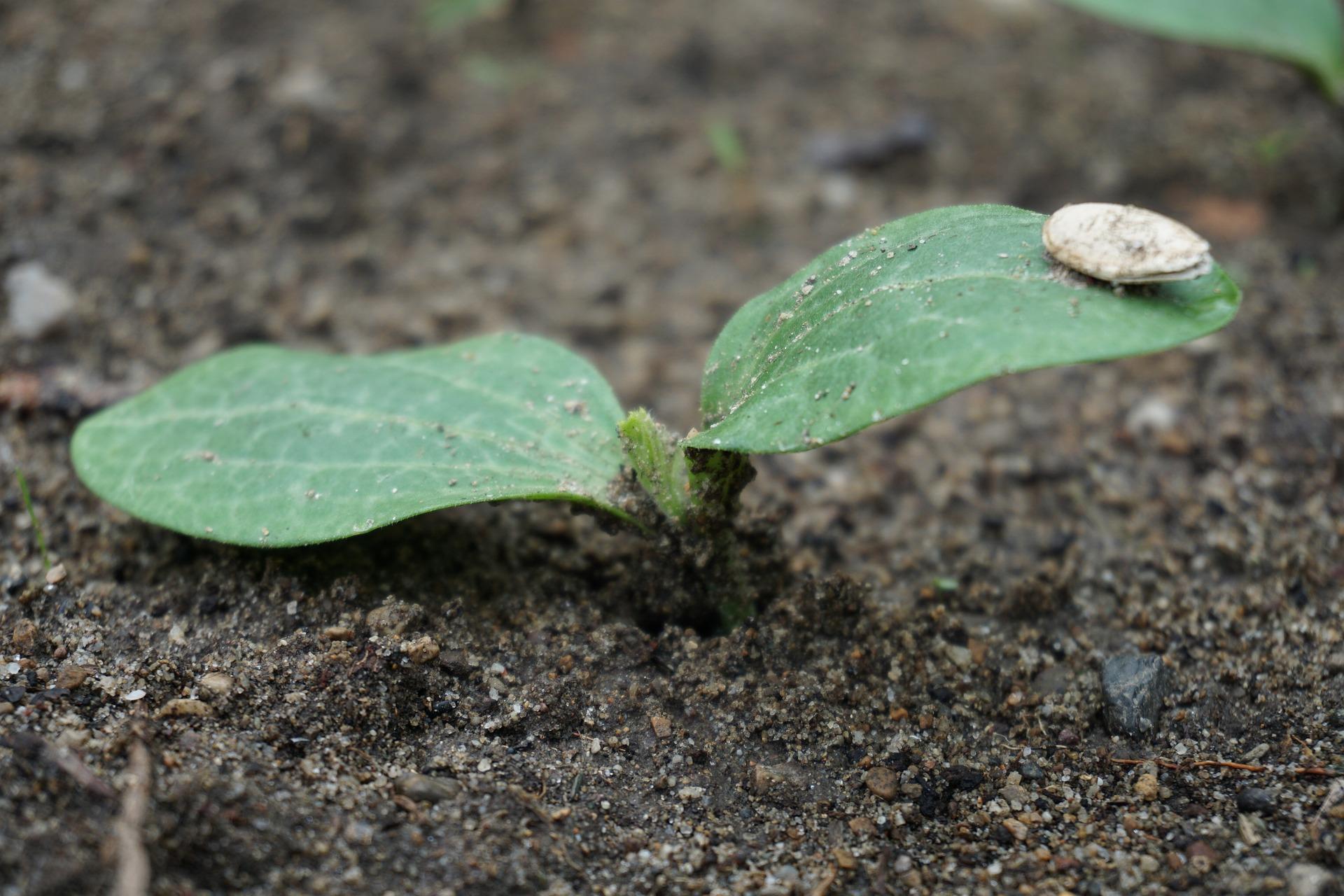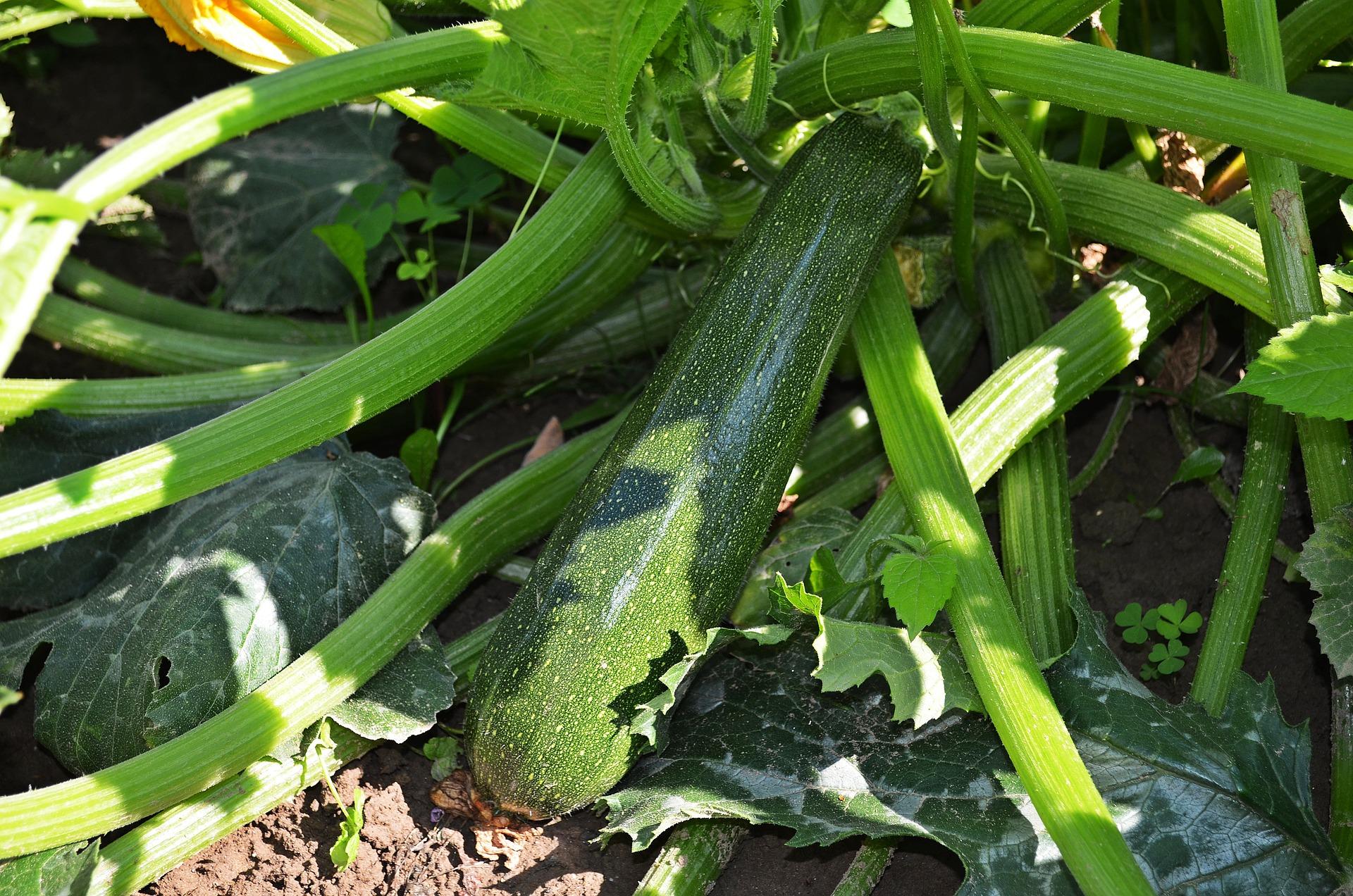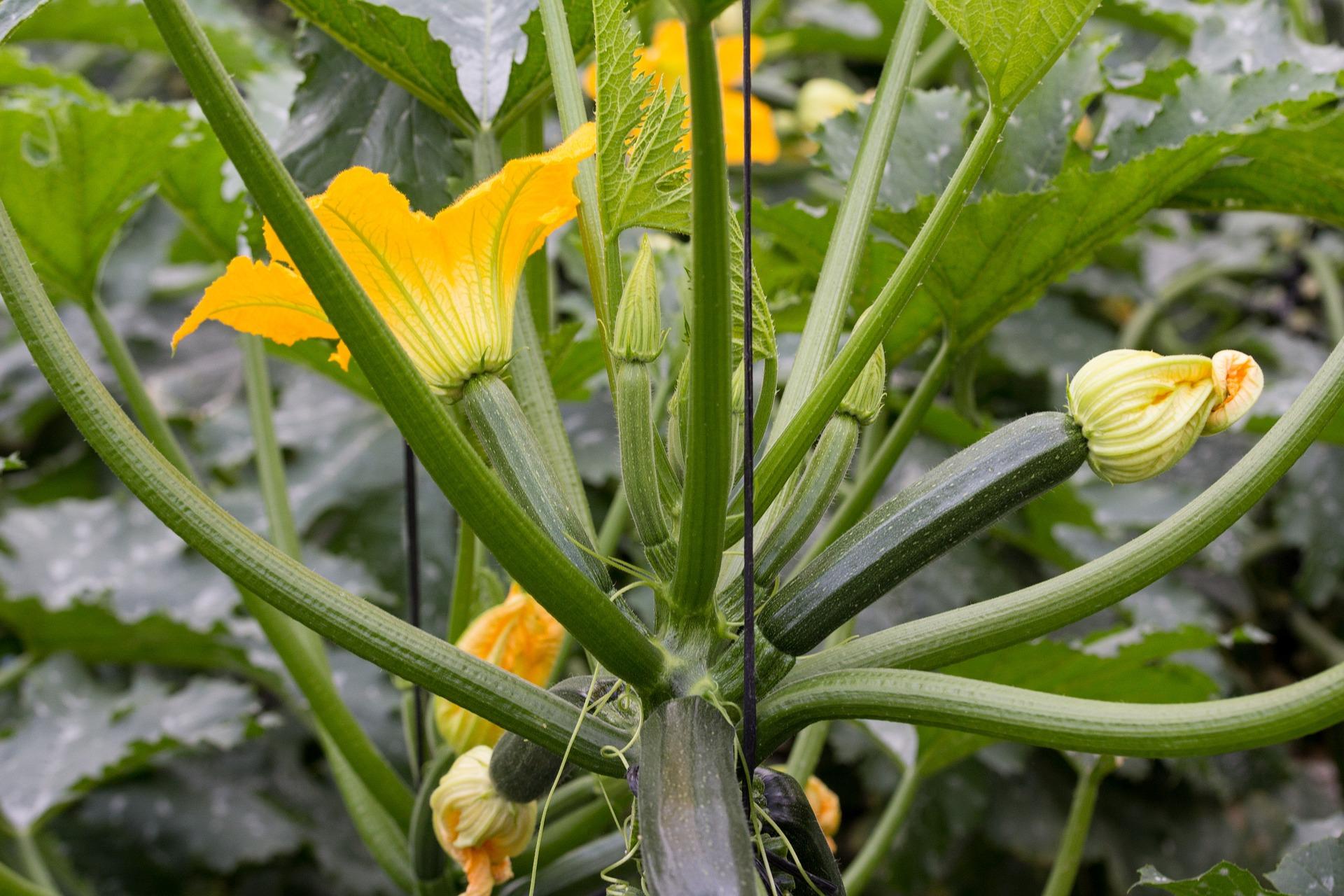Growing Courgettes at the Allotment
How to Grow Courgettes: A Detailed Guide
Courgettes are part of the same family as squashes, cucumbers and of course, marrows, which are cucurbits. You may not know, but they are actually classed as fruit. There are a number of varieties, including yellow and bulb-shaped. Check out our growing marrow page here.
If you want to learn how to grow courgettes, you’re in the right place.
This page will provide you with all the crucial details for a successful courgette harvest, from selecting the best variety to preparing the land for planting.
When and Where to Grow Courgettes
The best place to grow courgettes is in a sunny and warm location with well-draining soil. They can be sown directly outdoors or in containers from late April onwards once the threat of frost has gone. You can sow indoors earlier; during March, by using 3-inch pots and sowing the seed sideways in compost.
Sow two seeds in each pot and keep the stronger seedling. Propagate the pots or cover them with clear plastic until the seedlings appear and keep the pots on a warm and sunny windowsill.
How and When to Plant Courgettes
Growing courgettes in the UK requires attention to soil quality, adequate sunlight, and consistent watering to promote healthy plant growth and abundant harvests.
You can sow outdoors in a sunny position, once they have been hardened off during late April onwards, with well-rotted manure or compost. Courgette seeds should be sown on their side to prevent rotting, approximately an inch deep; sow two or three and then you can whittle down to leave the strongest if you wish.
Courgettes do produce quite a glut so one or two plants should be ample for an average family. Allow a couple of feet between each plant, as they can grow pretty large and have large leaves. Keep an eye out for powdery mildew on the leaves.
How to Take Care of a Courgette Bush
Courgettes are thirsty plants and will require plenty of water regularly; particularly during hot and dry spells. Be careful not to wet the leaves to reduce the risk of powdery mildew, which is a fungal disease. You can also mulch the ground to hold in the moisture. Remove any affected leaves, which will give better air circulation to the plant.
Trellises or sturdy stakes can help support the vine-like growth of climbing courgette varieties.
The courgette plant produces beautiful, big yellow flowers that are edible too. Once the fruits start to form, feed the plant with some tomato feed every couple of weeks.
When and How to Harvest Courgette
If you are wondering when to pick courgette, we have got you covered!
When the courgette fruit forms, it is remarkably quick to grow. They can be harvested at approximately 4 inches long or alternatively left to grow and mature, forming into a marrow.
During the summer, you will likely be able to pick a few courgettes on a daily basis. Pick them regularly to encourage re-growth but also to keep them at their best as a courgette; they will soon quickly grow large if they are left.
The courgette plants will die off at the end of the season during early autumn. You can protect them to extend the cropping if you wish.
Common Problems with Growing Courgettes in the UK
- Aphids, slugs, and caterpillars are among the pests that can harm courgette plants, causing damage to their leaves, stems, and fruit.
- A fungus called powdery mildew causes a white, powdery coating to develop on the leaves of courgette plants, causing the plants to wilt and eventually die.
- The overall health and yield of courgette plants can be reduced by inconsistent watering techniques, which can cause root rot or dehydration.
- Courgette plants can be affected by extreme temperatures, heavy rains, or prolonged droughts, which increases their susceptibility to pests and diseases.
Popular Courgette Varieties
Understanding the different varieties is an important step in learning how to grow courgettes successfully.
- Black Beauty is a well-known variety with soft, tasty, glossy, dark green fruits. It is famous for its reliable production and high-yield potential.
- The Ambassador is A firm-textured, adaptable breed of courgette with bright green fruits. This variety is highly valued due to its uniform shape and excellent taste.
- Defender is disease-resistant and produces plenty of straight, dark green courgettes. It is favoured by both commercial growers and home gardeners due to its compatibility with growing conditions in the UK.
- Romanesco is a heritage variety with pale green, ribbed fruits that have a nutty flavour. Romanesco courgettes are prized for their unique look and for enhancing meal presentation.
How to Store Courgettes
Courgettes are best fresh and will keep for approximately a week if refrigerated. If they are blanched first, you can also store them in the freezer.
If you have an abundance of courgettes, consider preserving them by pickling or canning. This extends their shelf life and allows you to enjoy them throughout the year.
The Different Ways to Use Courgette
Growing courgettes opens up different culinary opportunities.
- Courgettes can be eaten in a number of ways; both raw and cooked.
- The flowers can be stuffed or used as a garnish with salad. They can also be wilted in oil.
Have you tried our courgette recipes? From courgette mini pizzas to Piccalilli and Ratatouille; we even have chocolate courgette cake!
Growing Courgettes in the UK: A Summary
Want to know how to grow courgette in a few easy steps? Read this!
Sowing Courgettes
- Sow 2 or 3 seeds, sideways
- Sow in a sunny position
- Keep warm and well-watered
Growing Courgettes
- Remove and powdery mildew affected leaves
- Water well, avoiding the leaves
- Feed when fruits are forming
Harvesting Chillies
- Pick regularly when fruits reach approximately 4 inches long
- Leave to mature for marrows
- Can be blanched and frozen
Sign Up for Our Newsletter or Become A Member Today!
We are a happy and growing group of allotment growers here at Allotment Online. Whether you are new to allotment growing or have years of knowledge, we are here to support and mentor you at every step of the way.
We provide helpful tools, advice, and resources to ensure your gardening endeavours are successful. Whether you are wondering how to grow courgette, blackcurrants, apricots or anything else, we will help you out!
Register, share your courgette growing journey and post on our live blog page!






